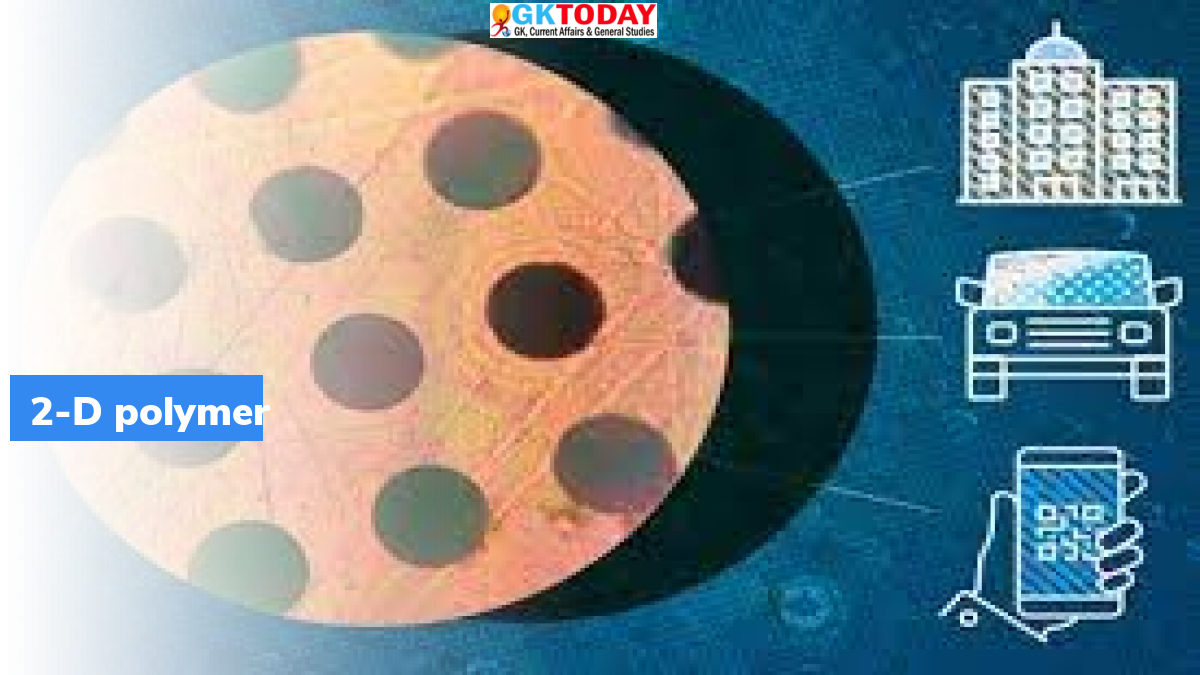New Ultra Strong 2-D polymer
The Massachusetts Institute of Technology, MIT scientists have created a new 2D polymer. The polymer was named 2DPA-1. It is lighter than plastic and stronger than steel. Unlike other polymers that form spaghetti like one dimensional chains, the 2DPA-1 self assembles into sheets.
About the new 2-D polymer
The polymers are plastics. They are made of monomers. The monomers re chained together by adding new molecules to their ends to form polymers. The polymers are shaped into 3D objects such as bottles by injection moulding.
Injection Moulding
Here the plastic pellets are first melted. Once they become malleable, the plastics are injected into a mould cavity. Here the plastics solidify to produce the final product. Malleable is being able to press into a shape without cracking or breaking.
What is special about the new 2-D polymer?
The researchers have invented a new polymerization process. This allows them to create 2D sheets called polyaramide.
Melamine consists of ring of carbon and nitrogen atoms. Melamine is used for building monomer chains. At right conditions, these monomers grow into two dimensional disks. These disks are stacked and held together by hydrogen bonds. It is the hydrogen bonds that make the new polymer strong and stable. The material is capble of self-assembling. This allows mass production of the material.
Features of the new polymer
The 2DPA – 1 is impermeable to gases. Impermeable means not allowing to pass through. On the other hand, the other polymers are formed from coiled chains. These chains create gaps that allow gases to pass through. Thus 2DPA – 1 does not allow water and gases to pass through it. Thus is water proof and gas proof.
Earlier beliefs
Earlier scientists believed that two dimensional processes are not possible. They assumed that polymers can only make one dimensional noodle like chains.
Application
The 2DPA-1 can be used to coat smartphones and automotive parts.
Month: Current Affairs - February, 2022
Category: Science & Technology Current Affairs


